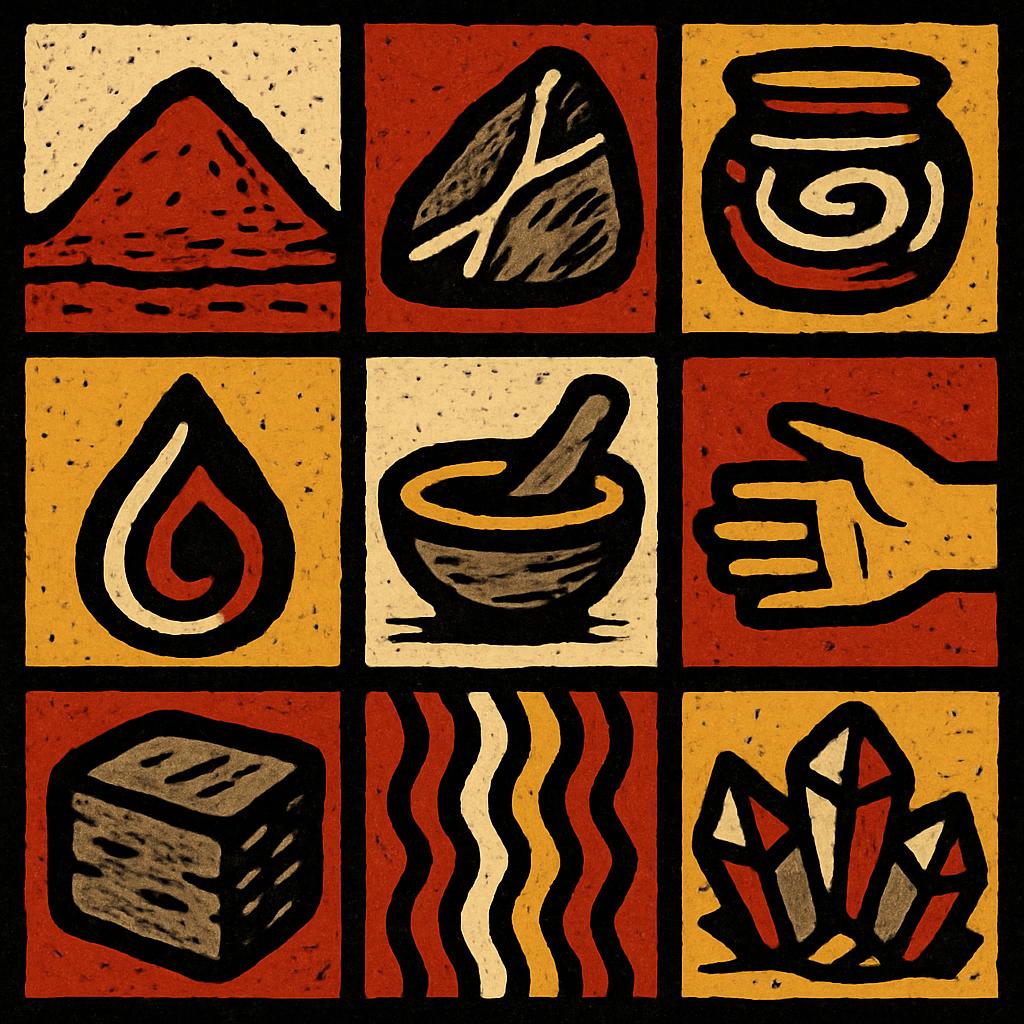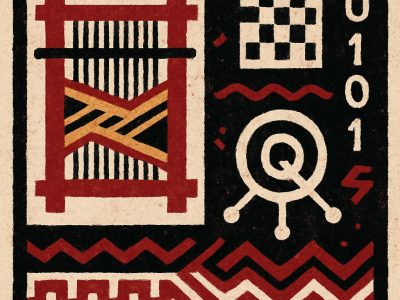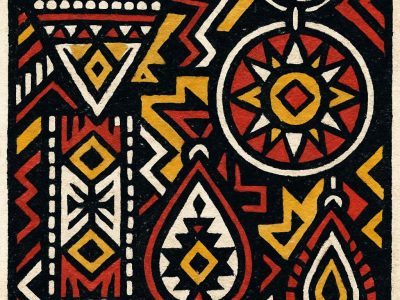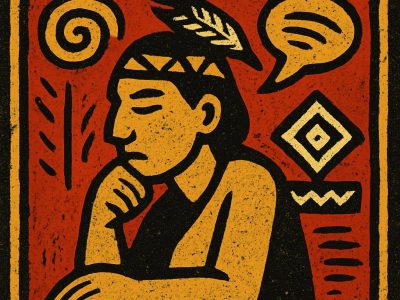Earth Ink
Earth Ink celebrates the ancient traditions of creating art materials from natural sources. For thousands of years, indigenous cultures worldwide have developed sophisticated techniques for…

Earth Ink celebrates the ancient traditions of creating art materials from natural sources. For thousands of years, indigenous cultures worldwide have developed sophisticated techniques for extracting and processing pigments from the earth, plants, and minerals. Our Earth Ink service preserves these practices while making them accessible to contemporary artists and creators.
Our Approach
Our Earth Ink practice is grounded in respect for traditional knowledge and sustainable harvesting. We work with practitioners who understand both the technical aspects of natural pigment creation and the cultural contexts in which these materials have been used. Our process includes: Ethically harvesting natural materials using traditional methods Processing pigments using both ancestral and adapted techniques Creating paints, inks, and dyes that connect users to natural cycles Documenting traditional color-making processes for future generations Teaching sustainable harvesting and processing methods
Materials We Work With
Our Earth Ink practice incorporates a variety of natural sources, including: Mineral pigments from various soil and rock types Plant-based dyes and inks from roots, leaves, flowers, and bark Natural binders such as tree saps, egg, and plant oils Clay bodies for pottery and sculpture Natural fibers for paper-making and textile arts
Cultural Context
We recognize that traditional pigments and art materials are not simply technical achievements but are embedded in cultural practices and worldviews. Many colors and materials hold symbolic significance, and we work to ensure that these meanings are respected and preserved in our Earth Ink practice. Through workshops, demonstrations, and detailed documentation, we share the stories behind different color traditions, helping to ensure that these practices continue to be understood and appreciated for generations to come.


